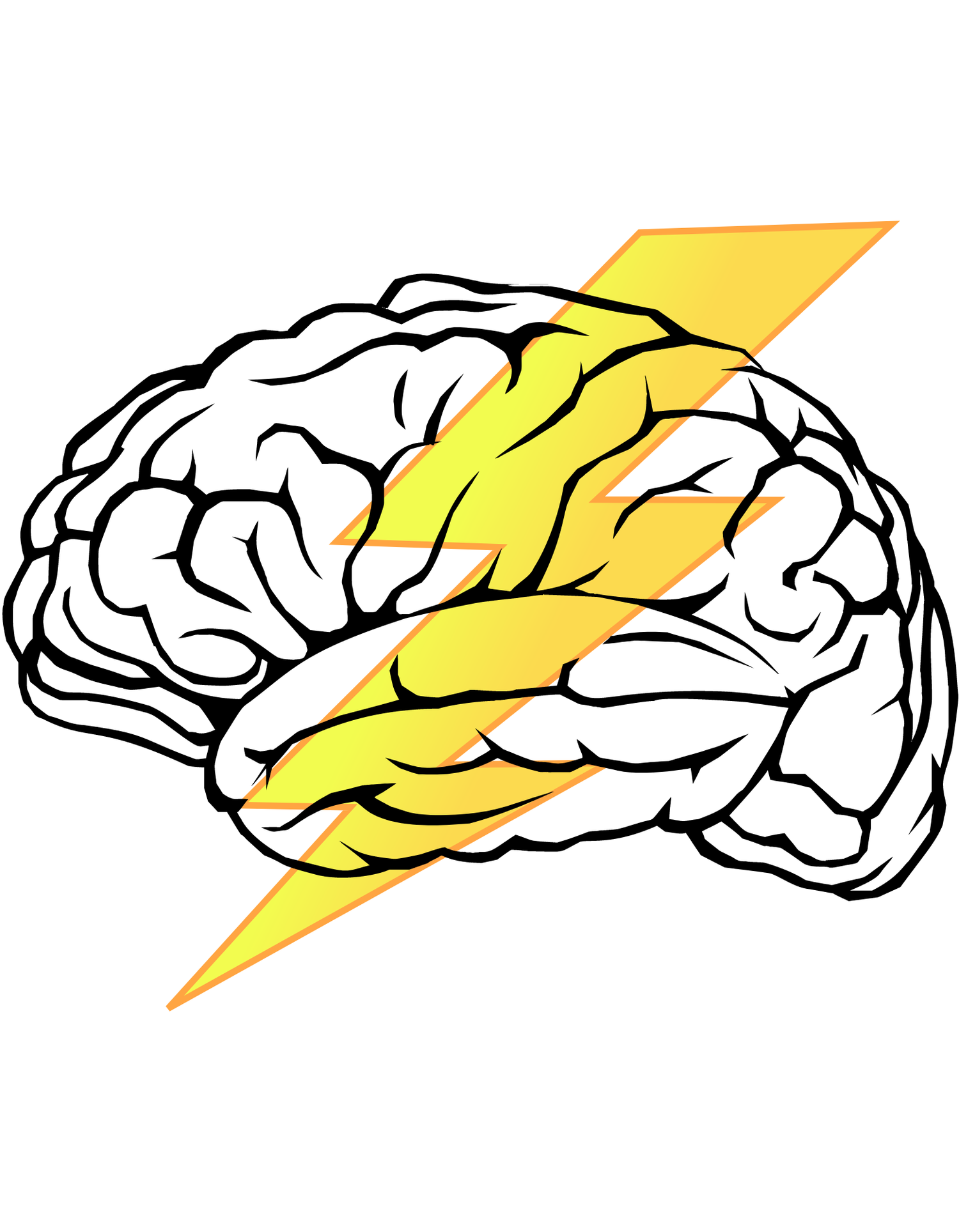A Win Using Electrical Stimulation in Down Syndrome
This is a client success story about one of my favorites, Gracie. I see Gracie once per week at her apartment complex gym where we use the NeuFit Neubie electrical stimulation machine for personal training.
Gracie works hard every session and really enjoys the gym experience. Gracie has Down Syndrome, but still has the energy and focus to keep her engaged in sports year-round.
To be honest, there's not a lot of information out there about using electrical stimulation on people that have developmental conditions such as these. And in the beginning, I wasn't really sure using the Neubie was going to be the right call for her, if only for the potential for sensory overload.
But after working with Gracie for the last year, as well as others like her, we can say confidently that using the Neubie on people in this population has every bit the benefit and none of the risk as those with more fully developed brains. Perhaps the only change in the way I approach training with Gracie is that we err on the side of a little bit less electrical stimulation. Most of my clients like to feel the machine with it turned up to anywhere between 25 and 40%. With Gracie, we never go above 10%.
In September last year, Gracie flew to Baltimore to work with a specialist for Down. At this appointment, the specialist told the family that Gracie had signs of Down Syndrome Regression Disorder and Catatonia. DSRD is a condition that affects Down patients in their ability to talk, dress themselves, feed themselves, or even sleep. It can require a heavier lift from the family to ensure their loved one goes through their day with their dignity and all their needs met. The main symptoms of Catatonia are a change in motor activity (reduced or less often increased motor activity), and unusual movements or tics.
I saw this in Gracie’s sessions; she would be performing the reps of an exercise then stop, open her mouth, and her head would twitch up and down for about 5 seconds, then she would continue the set of exercise as if nothing had happened.
At this most recent appointment last month, the specialist came in with some better news! Gracie showed no signs of Catatonia and no signs of DSRD!
I'll stop well short of saying that working with the Neufit Neubie was the single differentiator in her progress, but it certainly was a main ingredient in her recipe for success. Her loving family’s support to make sure she has a healthy lifestyle and adherence to medication were also major factors. But this is just another example of how the Neubie works on a nervous system level throughout the entire body, not just on the muscles we’re training with it.
This is why we call what we do “medical grade fitness.” It’s exercise with additional health benefits way beyond just exercise.



